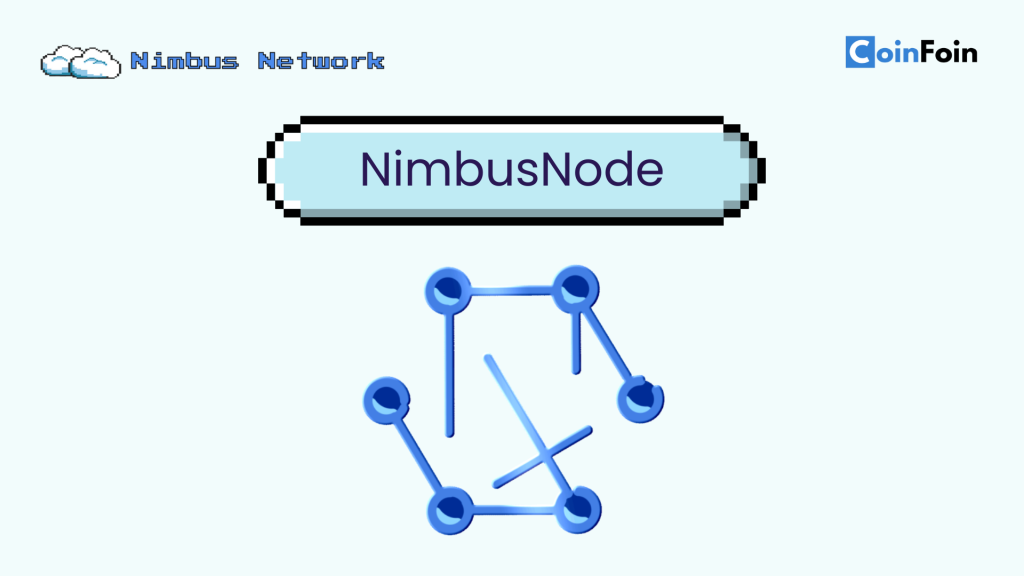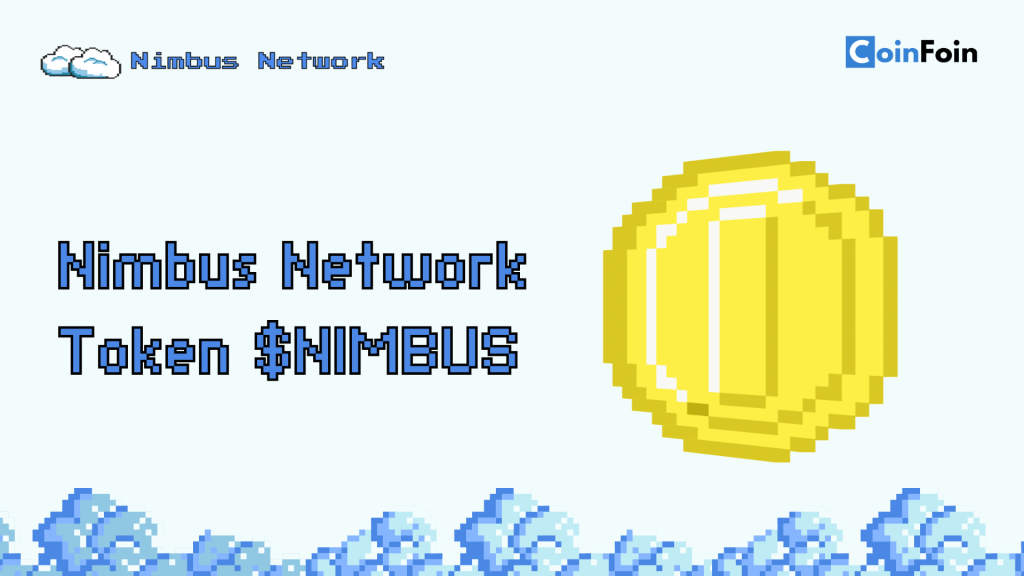Cloud computing is a technology that allows individuals and organizations to access and utilize computing resources like servers, storage, databases, networking, software, and more, over the internet. Rather than maintaining physical hardware and software on-premises, cloud computing users can rent access to anything from applications to storage from a cloud service provider.
This not only reduces the overhead costs associated with physical maintenance and upgrades but also enhances flexibility and scalability. Are you considering leveraging cloud computing for your business or personal projects, or perhaps you’re curious about how it could further transform the digital landscape in the coming years?
Demand for Cloud Computing and Infrastructure

In the digital era, the demand for cloud computing and infrastructure has skyrocketed. As businesses and consumers generate and rely on vast amounts of data, and as applications become more data-intensive, cloud services offer the necessary scalability and efficiency. This is crucial for supporting big data analytics, artificial intelligence, machine learning, and an endless array of web and mobile applications.
From streaming services like Netflix to social media platforms and professional software applications, cloud computing supports a wide range of services that have become integral to modern digital life.

Cloud solutions also offer significant benefits in terms of business continuity planning, disaster recovery, and remote work capabilities, which have become particularly important in today’s fast-changing business environment. With the rise of remote working, cloud services enable seamless access to work tools and data from anywhere in the world, essentially democratizing the access to technology.
Introduction to Nimbus Network

Nimbus Network positions itself at the forefront of the cloud-based distributed computing revolution. It aims to provide an ultra-resilient infrastructure that empowers users to access and contribute to the next generation of computing power and AI solutions. This platform is designed to not only meet but exceed the standards of existing cloud services by integrating advanced provisioning technologies that ensure high availability and efficient resource management.
Problems and Challenges Addressed by Nimbus Network

Nimbus Network addresses several critical challenges and limitations currently faced by the cloud computing industry, including:
- Scalability and Flexibility
Traditional cloud services often struggle to scale efficiently or require significant lead times and costs to adjust resources according to user demand. - Security Risks
With increasing data breaches and cyber threats, there is a growing need for more secure cloud computing solutions that can protect user data and ensure privacy. - High Costs
Many potential cloud users are deterred by the high costs associated with data storage, computing power, and operational efficiency in conventional cloud environments. - Resource Underutilization
There is often a mismatch between the availability of computational resources and the fluctuating demand, leading to inefficiencies and wasted potential.
Solutions Provided by Nimbus Network

Nimbus Network offers innovative solutions to these challenges through several strategic approaches:
- Decentralized Infrastructure
By employing a decentralized model, Nimbus Network reduces the dependency on central data centers, which enhances security and reduces potential bottlenecks and single points of failure. This model also helps in reducing costs by leveraging peer-to-peer interactions for equipment and resource rentals. - Advanced Security Measures
Nimbus ensures the security of its network through stringent protocols that safeguard against unauthorized access and cyber threats. The use of blockchain technology also adds an additional layer of transparency and security, especially in transactions. - Cost Efficiency
The platform’s peer-to-peer rental marketplace allows users to rent out idle computing resources, such as GPUs, to others who need them, thus optimizing resource utilization and reducing costs for all parties involved. This marketplace is powered by smart contracts that automate transactions and enforce the terms of rental agreements without the need for intermediaries. - Innovative Payment Models
Through its Pay-As-You-Go and subscription models, Nimbus Network allows users to pay only for the resources they use, which aligns cost directly with consumption and eliminates the financial burden of unused capacity.
Technology Behind Nimbus Network
Nimbus Network leverages two significant technologies, blockchain and a Telegram Bot. Each serving crucial roles in enhancing the platform’s functionality and user experience. Here’s a detailed look at how each component contributes to the network:
1. Leveraging Blockchain for Increased Transparency and Security

By using blockchain technology, Nimbus Network ensures that all transactions within the network are immutable and secured against tampering. This is particularly important for a platform dealing with frequent exchanges of computational resources and financial transactions.
Blockchain’s distributed ledger technology allows all transactions to be recorded transparently and permanently, enabling any user to verify the legitimacy of transactions without needing a central authority. This transparency is crucial for building trust among users who are renting out and accessing expensive GPU resources and other computing equipment.
2. Telegram Bot to Maximize User Experience

The Nimbus Telegram Bot serves as an intelligent assistant, available to users right within their Telegram app. Since Telegram is a widely used messaging platform with robust API support, it provides an accessible and user-friendly interface for interacting with Nimbus Network’s services.
The bot can provide real-time support and automated responses to inquiries about equipment rentals, node deployments, and other services offered by Nimbus Network. This immediacy enhances user satisfaction and engagement.
Future iterations might include features like one-click node deployment, automated alerts for rental opportunities or expirations, and more advanced conversational AI to handle complex queries and transactions.
Core Features of Nimbus Network

Nimbus Network stands out with several innovative core features that cater to different aspects of decentralized computing needs. Here’s a detailed look at each of these features:
1. NimbusBot

NimbusBot is an AI-driven assistant integrated within the Telegram messaging platform. It is designed to provide real-time, intelligent support to users, handling queries and facilitating transactions related to equipment rental, node deployment, and more. Bots can help users to:
- Provides quick responses to user inquiries, which is crucial for enhancing user engagement and satisfaction.
- Helps automate complex or repetitive tasks like setting up nodes or initiating GPU rentals, making the process more user-friendly and efficient.
2. Nimbus Marketplace

Nimbus Marketplace is a decentralized platform within Nimbus Network that allows users to rent out or access high-value GPUs and other specialized computing equipment directly from one another. This peer-to-peer marketplace leverages blockchain technology for secure and transparent transactions. Uses and Benefits of Nimbus Marketplace:
- Reduces costs by eliminating middlemen and reducing overheads associated with traditional rental services.
- Provides direct access to high-end resources, enabling users to undertake computationally intensive projects without substantial capital investment.
- Helps optimize the utilization of computational resources by enabling equipment owners to monetize idle assets.
3. NimbusNode

NimbusNode refers to the scalable, robust computing units at the heart of Nimbus Network. These nodes are designed to support a variety of computational tasks and can be employed by individuals or teams for different projects.
Why Nimbus Nodes?
- Versatility and Power: Capable of handling diverse computational needs, from data analysis to AI processing, making them suitable for a wide range of industries.
- Security and Reliability: Built with advanced security features to ensure data integrity and network reliability.
- Scalable Infrastructure: Supports both vertical and horizontal scaling, which allows for adjustments based on the project’s size and complexity.
4. Pay-As-You-Go Nodes

Pay-As-You-Go Nodes offer flexible, on-demand access to computing resources. Users can engage these nodes for as long as needed without long-term commitments, which is ideal for projects with variable computational requirements.
The Advantages of Pay-As-You-Go Nodes for Users:
- Flexibility
Users can scale resources up or down based on immediate needs, paying only for what they use, which is particularly advantageous for startups and research projects. - Cost-Effective
Eliminates the financial risk of over-provisioning or underutilizing resources. - Ease of Access
Provides an accessible way for users to tap into powerful computing resources without the need for significant upfront investments or long-term contracts.
Use Case
Nimbus Network’s powerful computing capabilities are tailor-made to support a diverse range of demanding applications across multiple industries. Let’s explore how Nimbus Network could be instrumental in transforming each of these specific use cases:
1. For 3D Rendering
The 3D rendering industry requires substantial GPU power to handle complex computations for visual effects, animation, and architectural visualizations.
Nimbus Network provides access to high-performance GPUs that significantly reduce rendering times, making it ideal for studios and individual artists facing tight deadlines or working on detailed projects.
2. For Video Processing and Editing
Video editors and producers need robust processing power to handle high-resolution files and complex effects without lag.
Nimbus Network offers scalable resources that can quickly adapt to the intensive demands of video processing, ensuring smooth editing and rendering processes without the need for local high-end hardware.
3. For Game Development
Modern games require dynamic environments, detailed graphics, and sophisticated AI, all of which demand extensive computational resources. Nimbus Network can scale resources efficiently, supporting developers from indie studios to major companies in creating immersive, high-quality gaming experiences.
4. For Virtual Reality Rendering
VR applications require extremely low latency to provide immersive and responsive experiences. Nimbus Network’s powerful computing nodes can render complex VR environments in real time, enhancing the fidelity and interactivity of VR applications.
5. For Augmented Reality (AR) Content Creation
AR developers need to overlay digital content onto the real world seamlessly and in real time, which requires significant GPU capabilities. Nimbus Network provides the necessary GPU power to enable smooth and realistic AR experiences, facilitating applications from gaming to industrial design.
6. For Algorithmic Trading
Financial trading platforms require the ability to process and analyze vast amounts of data almost instantaneously to capitalize on market movements. Nimbus Network offers high-speed data processing capabilities that can drive algorithmic trading systems, allowing traders to execute transactions at optimal speeds and accuracy.
7. For Genomic Sequencing
Genomic research requires processing enormous datasets to sequence DNA, which is computationally intensive. Nimbus Network’s scalable computing resources accelerate genomic sequencing processes, enabling faster and more cost-effective research in personalized medicine and epidemiology.
8. For AI Tutoring Systems
Educational technology requires adaptive learning systems that can personalize content based on individual student performance. Nimbus Network supports AI-driven educational platforms that can analyze learning patterns and customize instruction on a large scale, enhancing educational outcomes.
Why Nimbus Network?

Nimbus Network stands out in the crowded field of cloud computing and distributed systems for several compelling reasons:
- Decentralized Infrastructure
Unlike traditional cloud services that rely on centralized data centers, Nimbus Network utilizes a decentralized approach. This enhances security and reliability by distributing data and computational tasks across multiple nodes, reducing the risk of single points of failure and potential bottlenecks. - Cost-Effective Solutions
By enabling peer-to-peer rentals of computing resources, Nimbus Network reduces costs for users. Equipment owners can monetize idle resources, and renters can access high-end computing power without the hefty investment in hardware. - Scalable and Flexible
Whether it’s a startup needing to scale resources quickly or a research institution requiring massive computational power for limited times, Nimbus Network’s scalable solutions can meet varying demands without the typical overhead costs associated with scaling.
Nimbus Network Token $NIMBUS

Token Information
- Token Name : Nimbus Network
- Ticker : $NIMBUS
- Network : Ethereum
- Max Supply : 100 Million
- Taxes : 5%
- CA: TBA
Token Distribution
- 5% : CEX
- 5% : Staking
- 10% : Advisors and Marketing
- 80% : Liquidity

Roadmap

Nimbus Network has structured its development into distinct phases, each aimed at gradually building a more comprehensive and robust platform.
- Phase 1: Establishing the Foundation
This phase focused on launching the $NIMBUS token to ensure liquidity and accessibility, introducing the Nimbus Bot on Telegram for user interaction, and beginning the integration of equipment holders into the platform. - Phase 2: Expansion and Enhancement
Current efforts are aimed at enhancing the peer-to-peer marketplace and the capabilities of the Nimbus Bot, alongside securing more exchange listings to boost the token’s profile. - Phase 3: Consolidation and Innovation
The future phase will see the full deployment of Nimbus Nodes, expansion of marketplace features, and the integration of more sophisticated tools and services tailored to specific industry needs.
Opportunity to Explore Nimbus Network Earlier
For early adopters and tech enthusiasts, exploring Nimbus Network now offers several advantages:
- Users and developers can gain a competitive edge by accessing and utilizing high-end computational resources at reduced costs before wider market adoption.
- Early investment in $NIMBUS tokens could yield significant returns as the platform expands and token utility increases within the ecosystem.
Conclusion and Personal Thoughts

Nimbus Network represents a significant advancement in the field of decentralized computing. Its innovative use of blockchain technology not only enhances security and transparency but also democratizes access to high-performance computing resources. The platform’s model of enabling peer-to-peer resource rentals could revolutionize various industries by making cutting-edge computational power accessible and affordable.
From a personal perspective, the promise of Nimbus Network lies in its potential to empower not just large corporations but also individual innovators and small businesses. This could lead to a surge in creativity and productivity, especially in fields like AI development, 3D rendering, and scientific research, which are traditionally resource-intensive.
Do you want to explore Nimbus Network more deeply? Use the link below:
- Website : https://nimbusnetwork.io/
- Twitter : https://twitter.com/Nimbus_Network
- Whitepaper : https://docs.nimbusnetwork.io/



